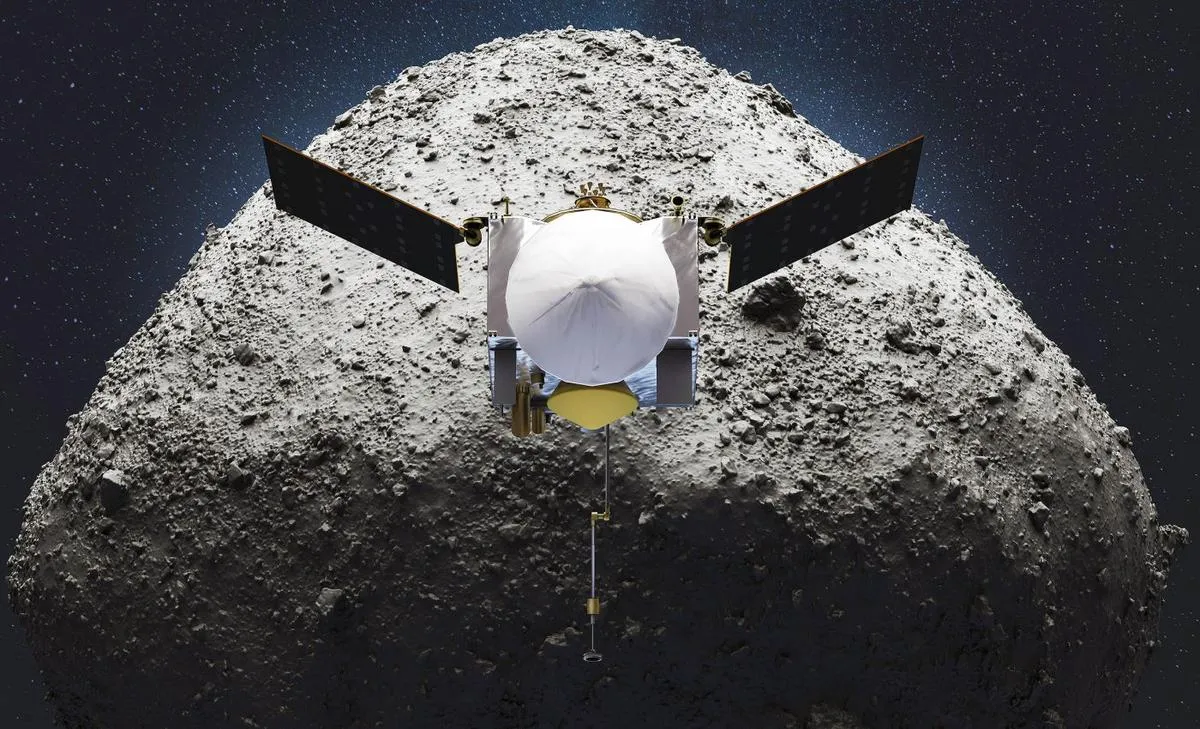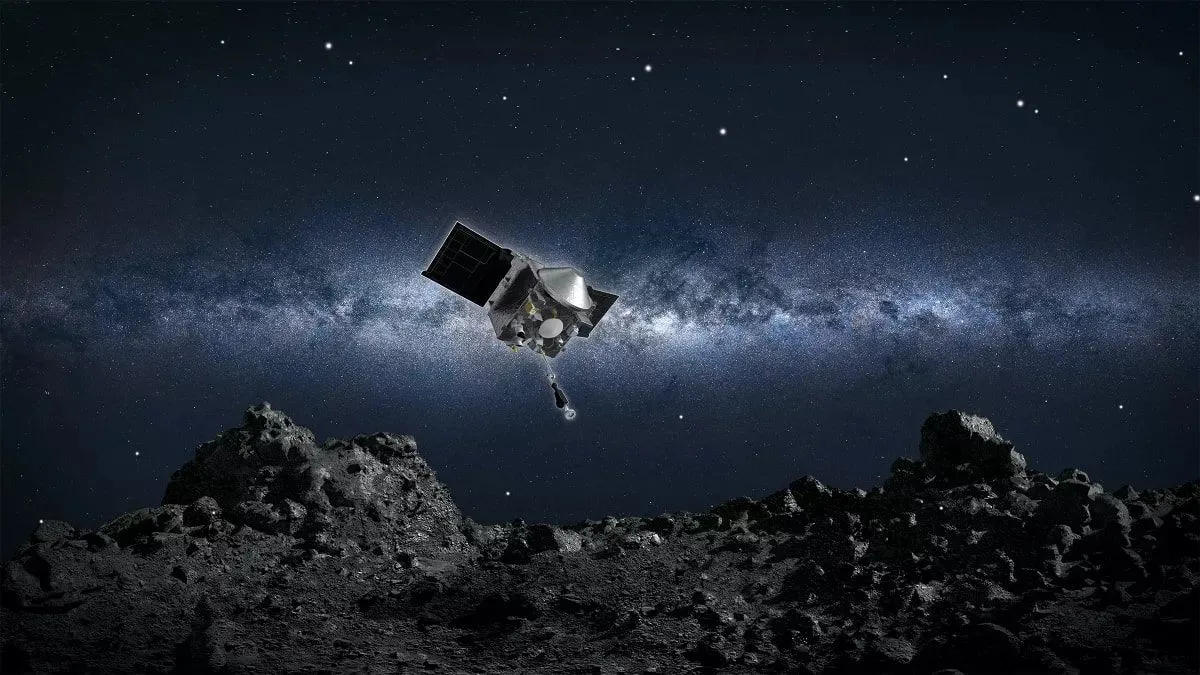
In a groundbreaking discovery, NASA’s OSIRIS-REx mission has brought back more than just rocks and dust from the near-Earth asteroid Bennu—it has carried home crucial molecules that underscore the very foundations of life itself. Delivered to Earth in 2023, these samples have offered scientists unprecedented insights into the early solar system’s chemistry, revealing the presence of amino acids, nucleobases essential to DNA and RNA, and traces of ancient saltwater. This discovery has profound implications for our understanding of life’s potential across the cosmos.
Jason Dworkin, project scientist for the mission at NASA’s Goddard Space Flight Center, showcased a vial containing these invaluable samples, marking a significant milestone in space exploration. The finding of these organic compounds in a sample untouched by Earth’s biosphere supports the theory that life’s ingredients were delivered to Earth from space, igniting the spark of life through a cosmic mechanism.

A Time Capsule from the Cosmos
The OSIRIS-REx spacecraft, part of NASA’s ambitious New Frontiers Program, was tasked with visiting Bennu, retrieving samples, and returning them to Earth. This mission not only highlights NASA’s capabilities in robotic space missions but also underscores the importance of asteroids in understanding our planet’s history. “Asteroids provide a time capsule into our home planet’s history,” explained Nicky Fox, associate administrator of NASA’s Science Mission Directorate. The pristine condition of these samples from Bennu offers a unique look back at the chemical environment of the early solar system, before life began on Earth.
The Chemical Recipe for Life
The analysis of Bennu’s samples has been revelatory. Scientists have identified amino acids and nucleobases in the samples—key components in forming proteins and genetic material. Additionally, the presence of ammonia and formaldehyde suggests that Bennu once had the right chemical environment to support the synthesis of more complex organic molecules. “The clues we’re looking for are so minuscule and so easily destroyed or altered from exposure to Earth’s environment,” said Danny Glavin, a senior sample scientist at NASA’s Goddard Space Flight Center.

The findings also included a suite of evaporite minerals, indicative of Bennu’s water-rich past. These minerals, such as calcite and halite, are believed to form from evaporating water, which could have been the “broth” supporting the interaction of these biological molecules.
The Broader Implications for Astrobiology
The research conducted on Bennu’s samples not only deepens our understanding of how life might form in space but also raises significant questions about why Earth is currently the only known planet with life. The mission’s discoveries fuel ongoing debates and research into the potential for life elsewhere in the universe, pointing to the necessity of exploring other celestial bodies that might have similar conditions conducive to life.
Asteroid Bennu has proven to be a repository of the solar system’s early secrets, offering a glimpse into the complex processes that may lead to life. As scientists continue to study these samples, each finding adds a piece to the puzzle of our universe’s life-sustaining capabilities. The OSIRIS-REx mission is not just a journey to an asteroid; it is a journey into our past, and possibly, our future in the stars.

As this mission continues to unfold its findings, the world watches closely. The data from Bennu is not merely academic; it provides a narrative of our cosmic neighborhood’s potential to harbor life, challenging us to rethink our place in the universe. “Data from OSIRIS-REx adds major brushstrokes to a picture of a solar system teeming with the potential for life,” remarked Jason Dworkin. With every study, the enigma of life’s origins gets a bit more unraveling, maintaining our curiosity and driving further exploration into the vast, unknown frontier of space.
